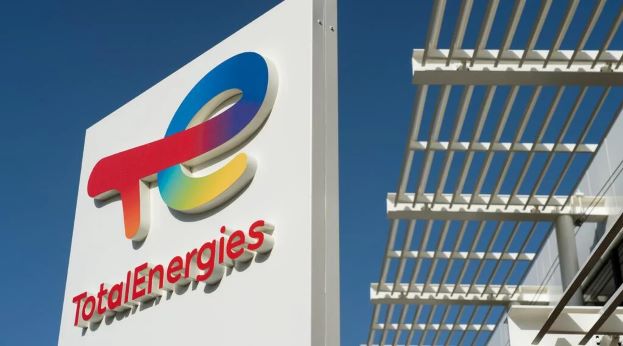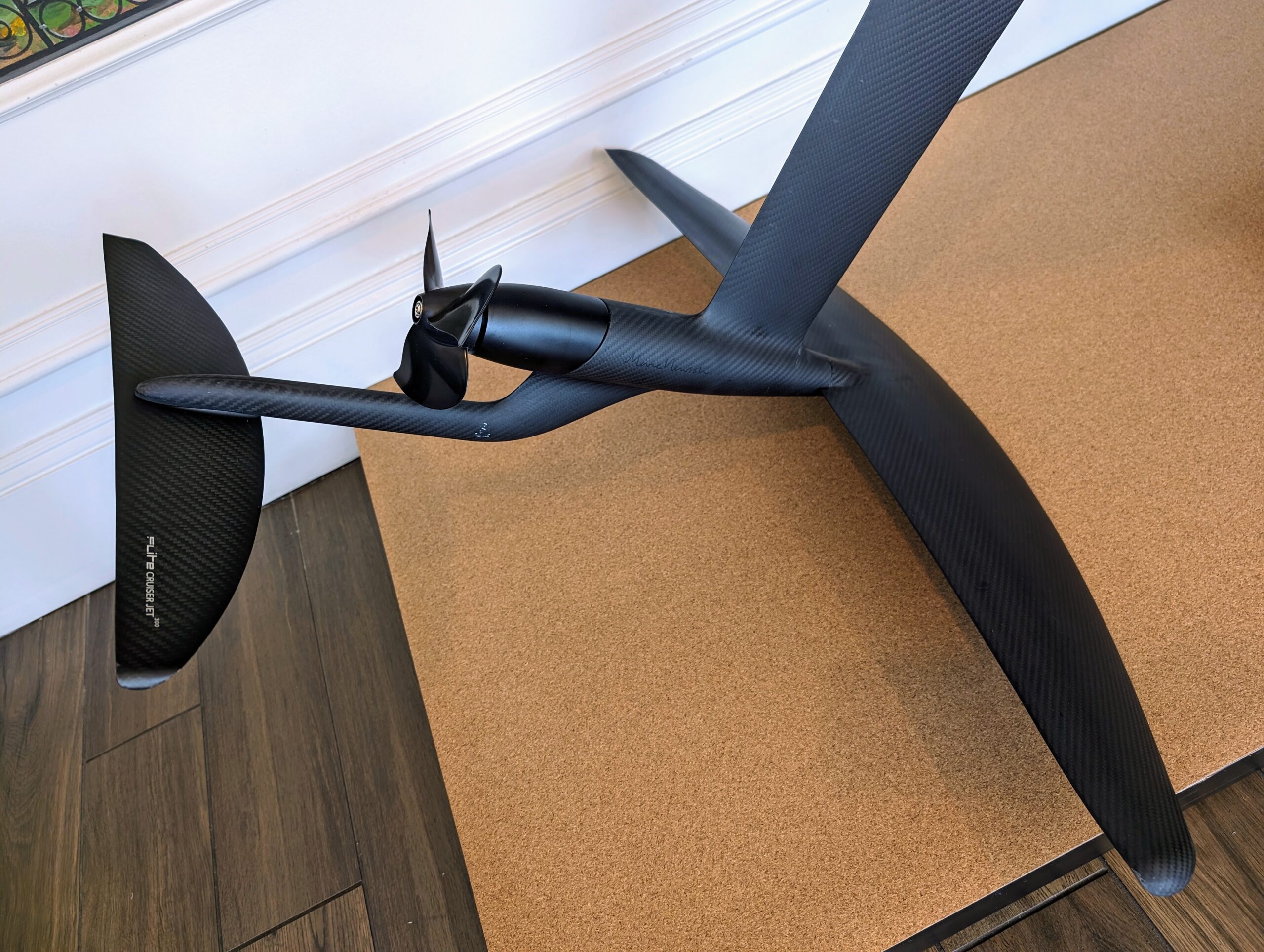The Vocus Starlink satellite is opening Australia’s most remote mines to a new era of connectivity.
It’s no exaggeration to say mining can be a dangerous job. From blasting through rock deep underground to hauling multi-tonne payloads across uneven surfaces, a slip in concentration could turn deadly.
Until recently, mine personnel relied on satellite phones with often-spotty, unreliable connection when responding to critical on-site situations.
But Vocus’ Starlink satellite is now creating a constellation of mines across Australia with fast, reliable connection at the fingertips of every worker when they need it most.
“There are a lot of barriers our customers are facing, like access to technologies and being so isolated in remote areas of the country,” Vocus Western Australian state manager Simon Head told Australian Mining. “We’re working with operators to deliver ubiquitous, holistic connectivity based on the needs of their site.”

Image: Vocus
Head emphasised the Vocus vision of working parallel with its customers’ existing technology to tailor Starlink to any operation.
“Starlink isn’t going to solve the issues of the mining industry in isolation,” he said. “Our goal is to create an ecosystem that integrates and aggregates a site’s available technology with Starlink to offer the best solution to their connection requirements.”
The team at Vocus understands the importance of strong connections in building a safer future. That’s why the company is prioritising partnerships with distributors that understand the unique challenge a mine site offers.
Essential Service Solutions (ESS) is a locally owned and operated communications and electrical expert located in the Perth suburb of Canning Vale. Having installed Starlink at sites across Western Australia, Vocus and ESS have seen first-hand the impact an instant connection can have.
“Starlink has completely revolutionised the field,” ESS Perth managing director Ryan Hazebroek told Australian Mining. “Whether it’s emergency response, Internet of Things (IoT), telemetry, telehealth, security – for the first time these services are bound together and enhanced to give operators new opportunities to solve any issue facing the industry.”
Hazebroek cited 2023’s Cyclone Ilsa as a critical test of Starlink’s capabilities. Having struck Port Hedland in April last year, mine sites and communities across the Pilbara were left reeling and in need of emergency services.
“The cyclone took out all infrastructure at the time, so being able to rapidly deploy satellites on the road within hours instead of days was an absolute game-changer,” Hazebroek said.
“The ability to get a connection back for people and emergency services so quickly would never have been possible before Starlink.
“Starlink’s mobility is a life-saving industry first.”
Having the right digital tools on hand is essential to the operation of a modern mine site. As the resources industry ramps up operations to meet the needs of a future built on mineral-intensive technologies, miners need a foundation of connectivity to facilitate innovation, drive efficiency and support enhanced decision-making.
The Vocus Starlink offers an interconnected interface supported by wearables, drones and sensors enabling remote monitoring and data analysis.
In addition to keeping miners safe with site monitoring, Starlink can provide crucial information for predictive maintenance that could save operators millions.
“We’re investing heavily in our people and infrastructure to bring the best possible product to our customers,” Head said. “For us, it’s all about our customers’ experience and ensuring their site is safe, secure and connected.
“The applications for this technology are endless. With Starlink, we can finally bridge the digital divide between Australia’s most remote areas and step into the future.”
This feature appeared in the April 2024 issue of Australian Mining.



